Exceptional Works: Sigmar Polke
Quetta, 1974
Installation of gelatin silver prints in thirty-one (31) parts Overall dimensions variable Twenty-five (25) parts, each: 19 3/4 x 23 3/4 inches 50.2 x 60.3 cm Six (6) parts, each: 23 3/4 x 19 3/4 inches 60.3 x 50.2 cm
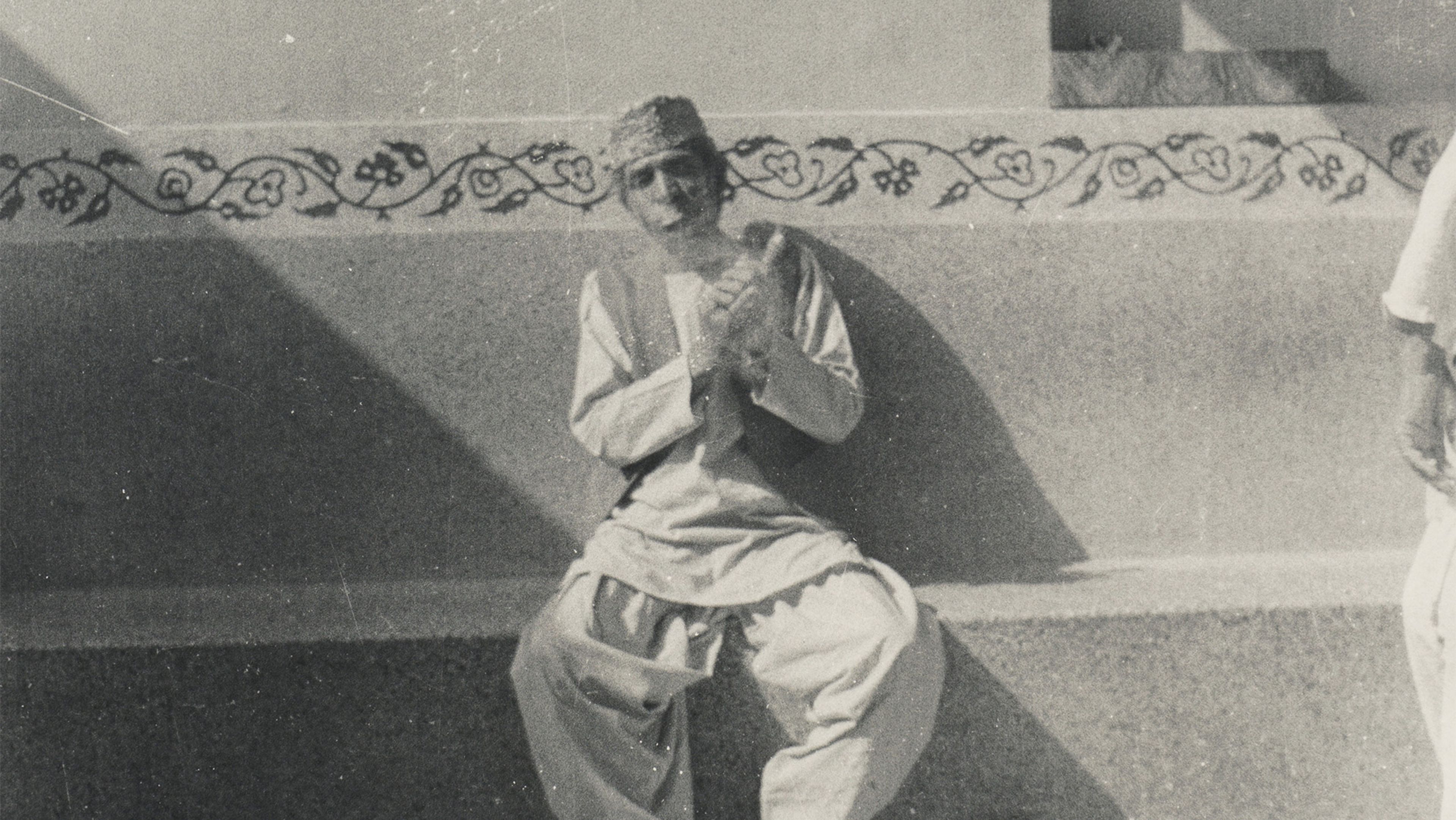
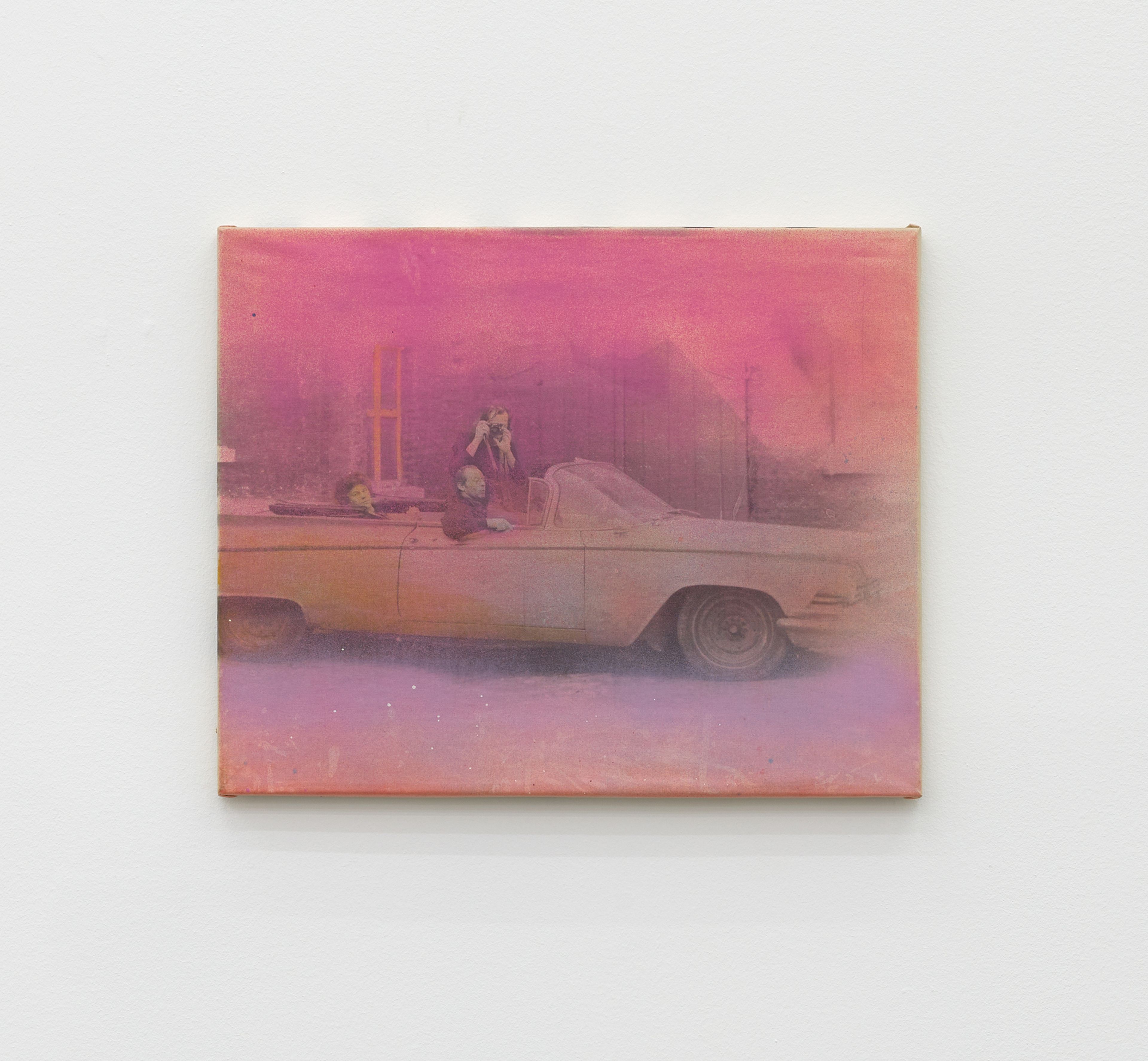
Sigmar Polke, Ohne Titel (Untitled), 1975. © The Estate of Sigmar Polke, Cologne; VG Bild-Kunst, Bonn 2020; Sies + Höke, Düsseldorf. Photo by Simon Vogel, Cologne
In the Quetta series, Polke embraces imperfections inherent to the photographic medium—leaving visible fingerprints, scratches, and abrasions. These images are formally linked to their subject matter through visual qualities of diffusion and happenstance. Of the photographic series that Polke produced from his travels during the 1970s, this is one of the largest groupings.
Works relating to this series are held in prominent collections including Glenstone, Potomac, Maryland; and the Lambrecht-Schadeberg Collection, Museum für Gegenwartskunst Siegen, Germany. A photograph from Polke’s travels to Pakistan is in the collection of The Museum of Modern Art, New York.
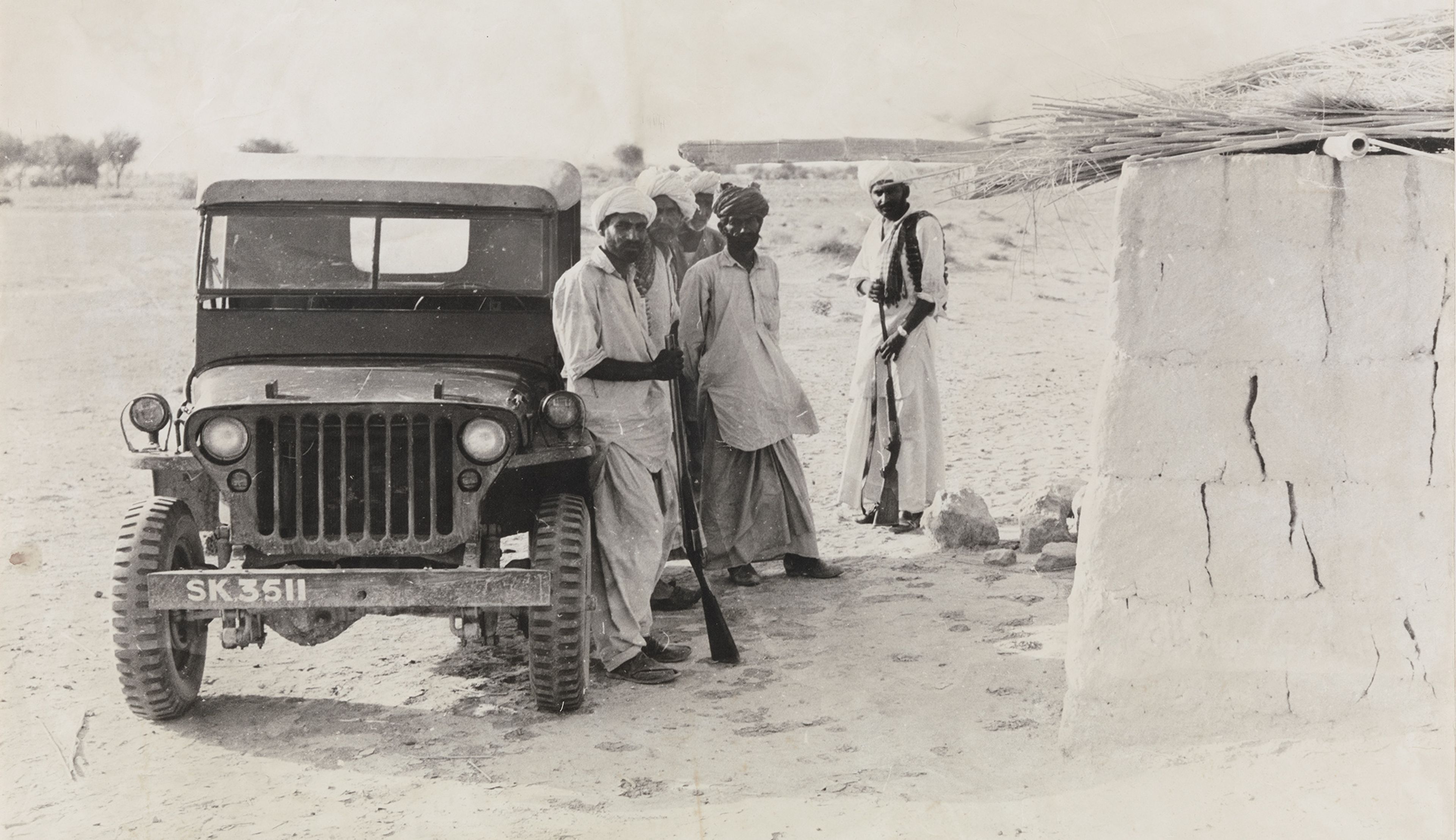
Sigmar polke, Pakistan, 1974 (detail). Gelatin silver print from the artist’s travels. Museum of Modern Art, New York. © 2024 Estate of Sigmar Polke/Artists’ Rights Society/ARS, New York

Sigmar Polke, Quetta, 1974 (detail)
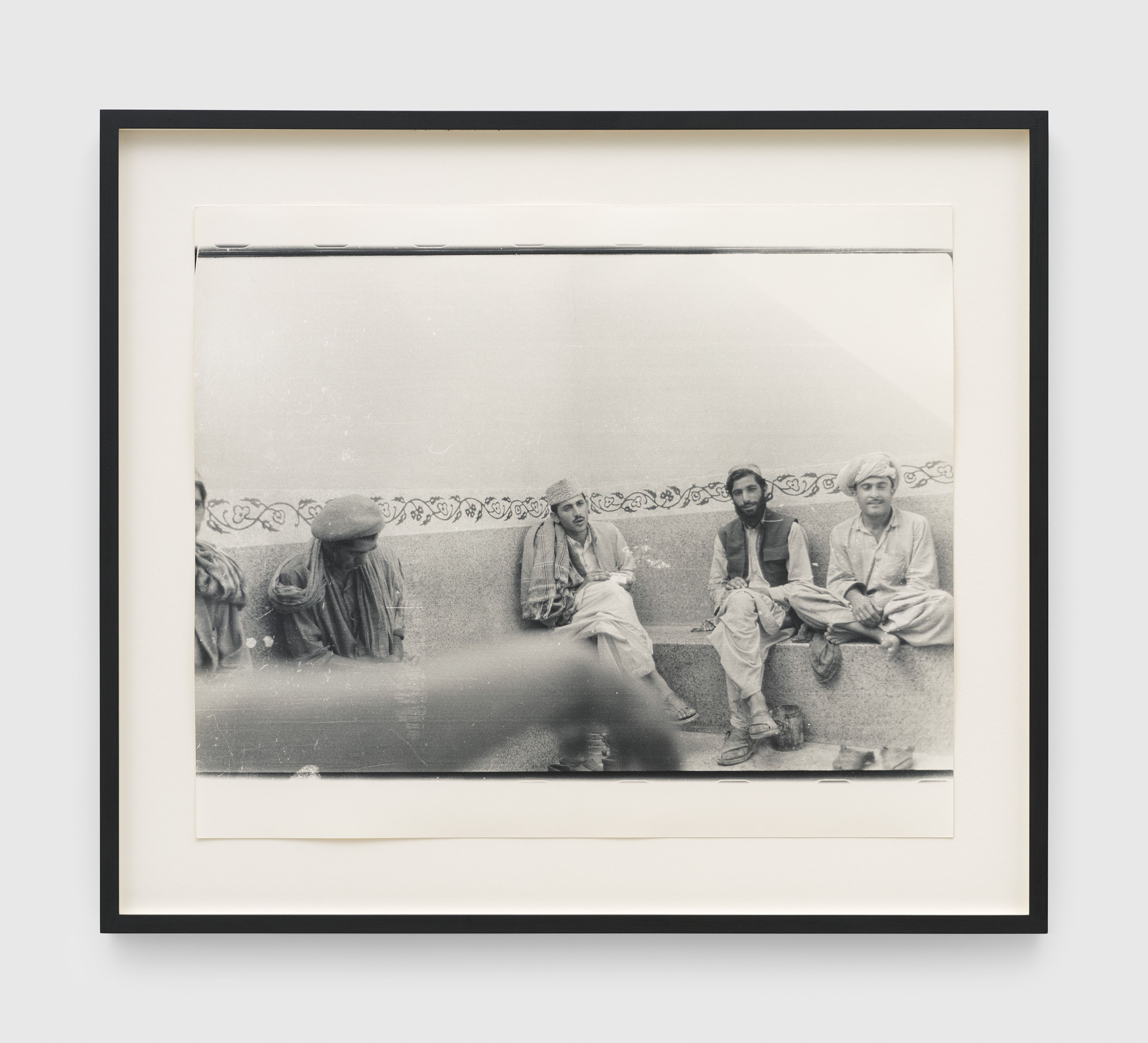
Sigmar Polke, Quetta, 1974 (detail)
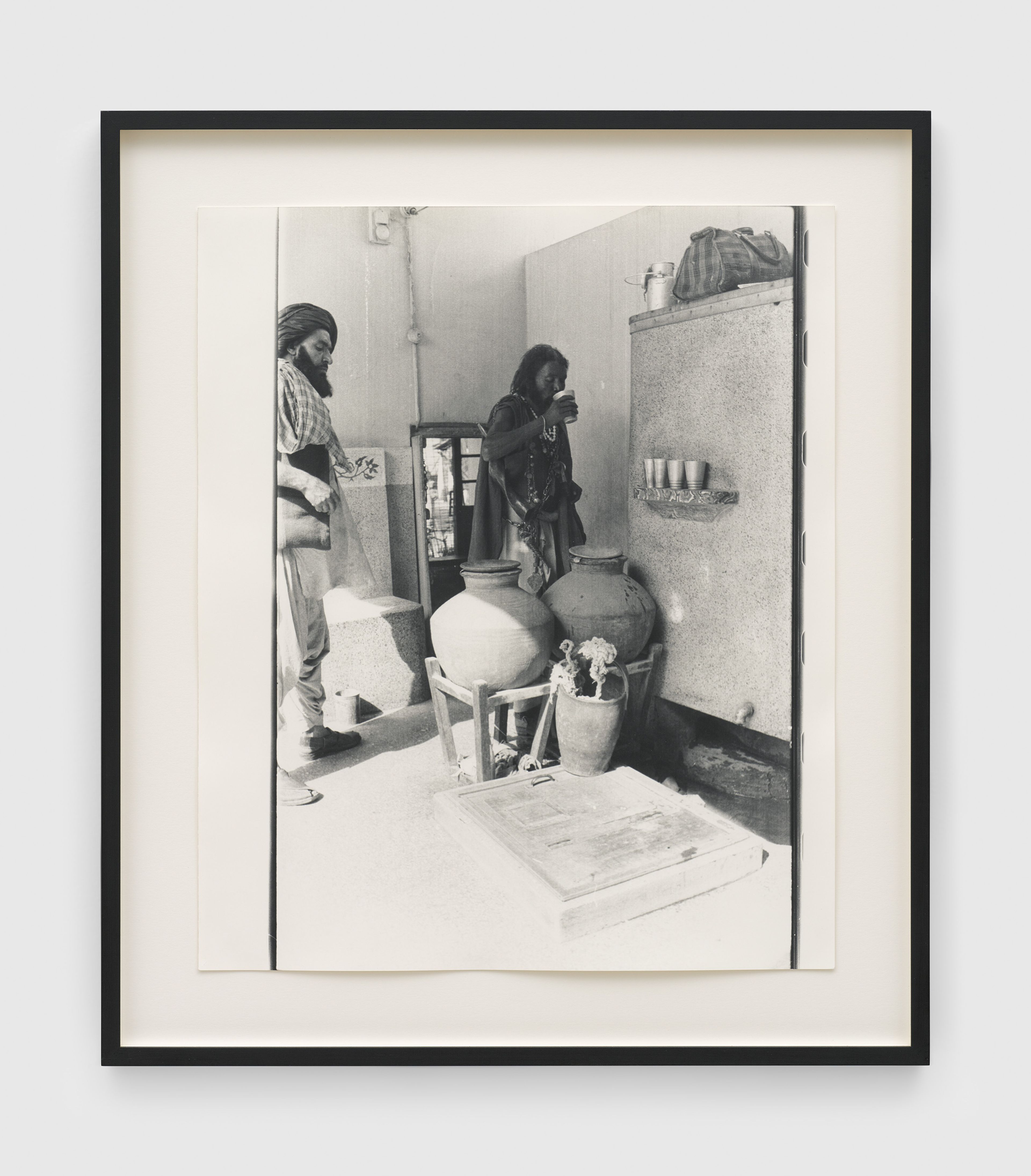
Sigmar Polke, Quetta, 1974 (detail)
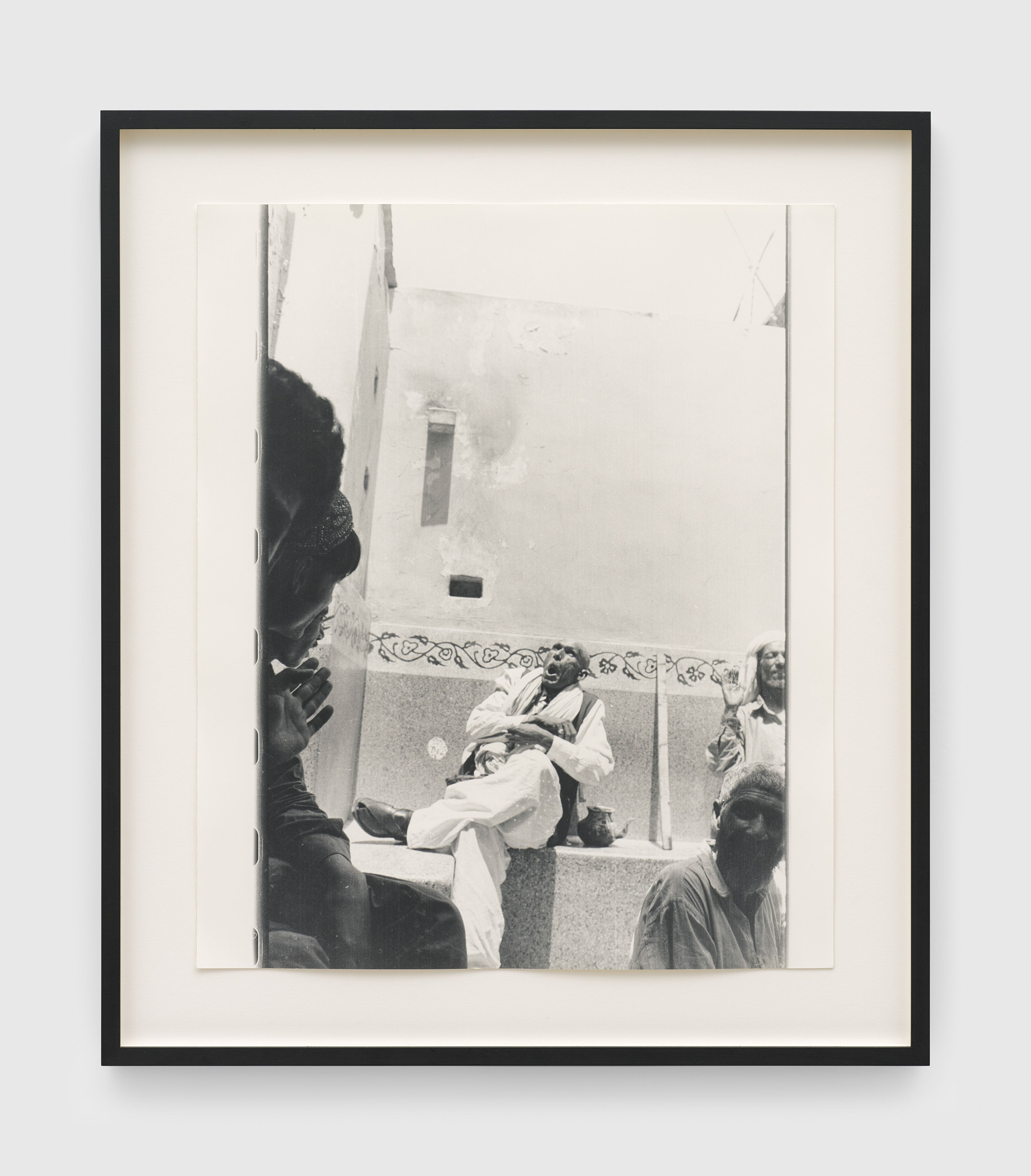
Sigmar Polke, Quetta, 1974 (detail)
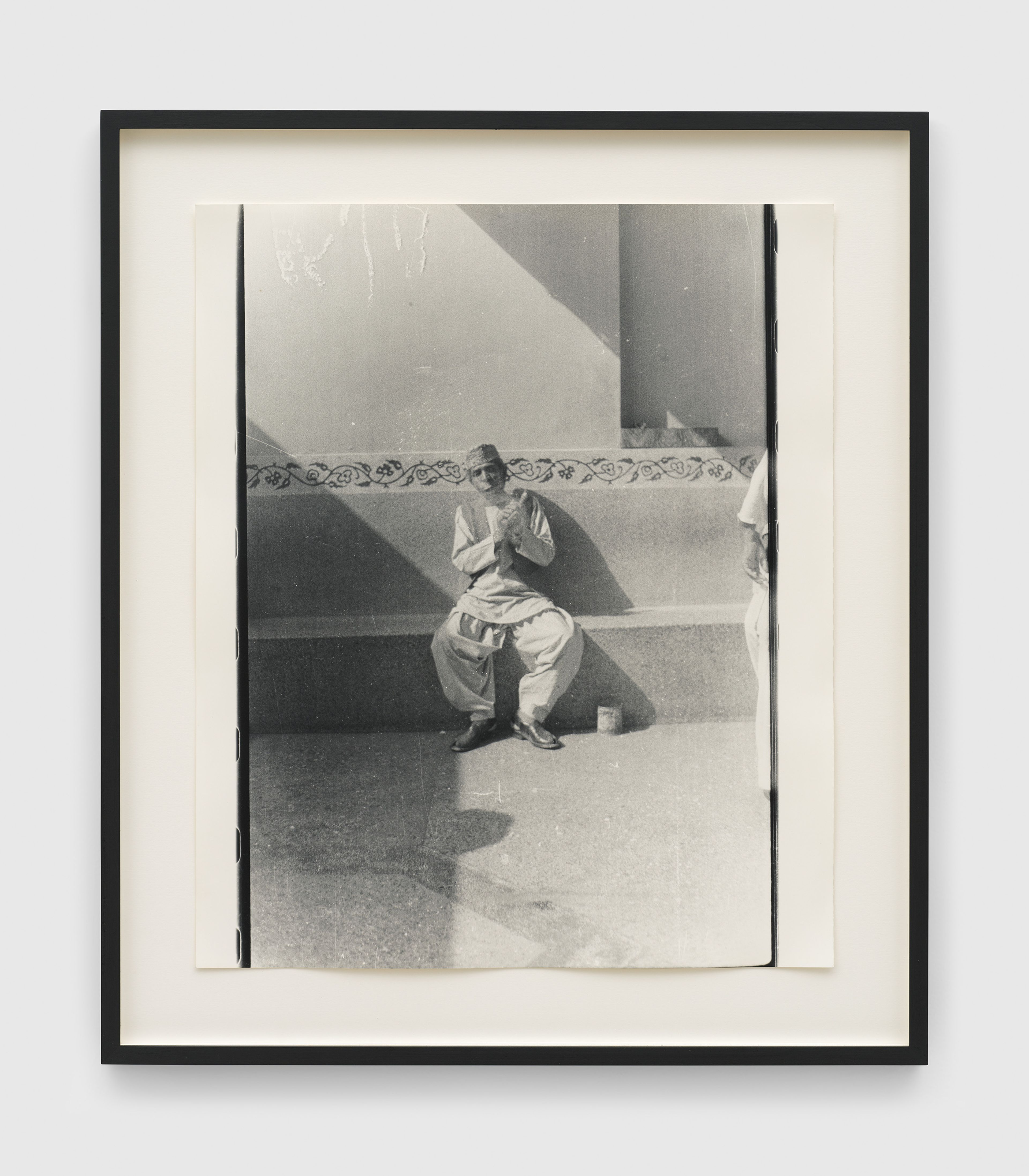
Sigmar Polke, Quetta, 1974 (detail)
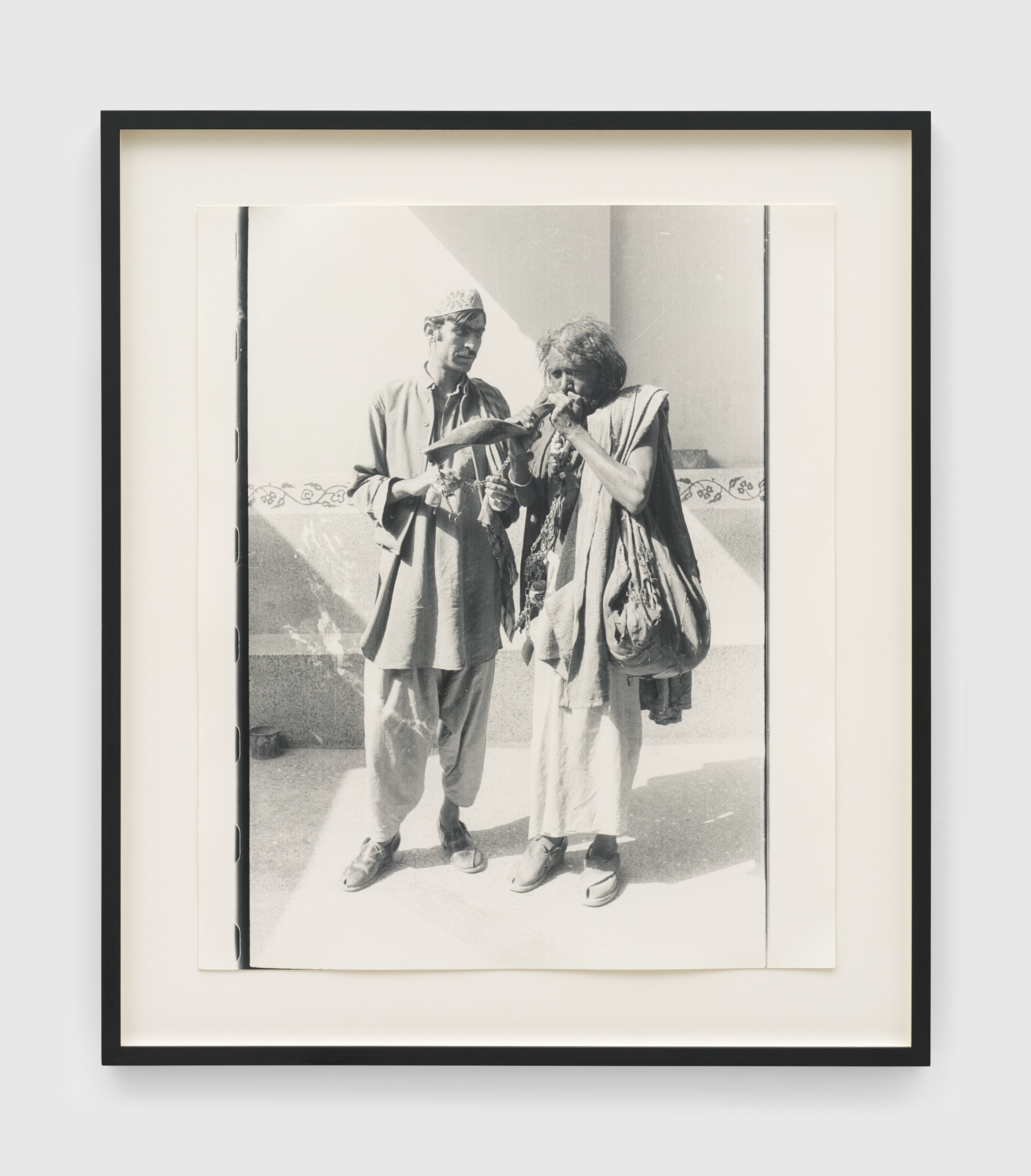
Sigmar Polke, Quetta, 1974 (detail)
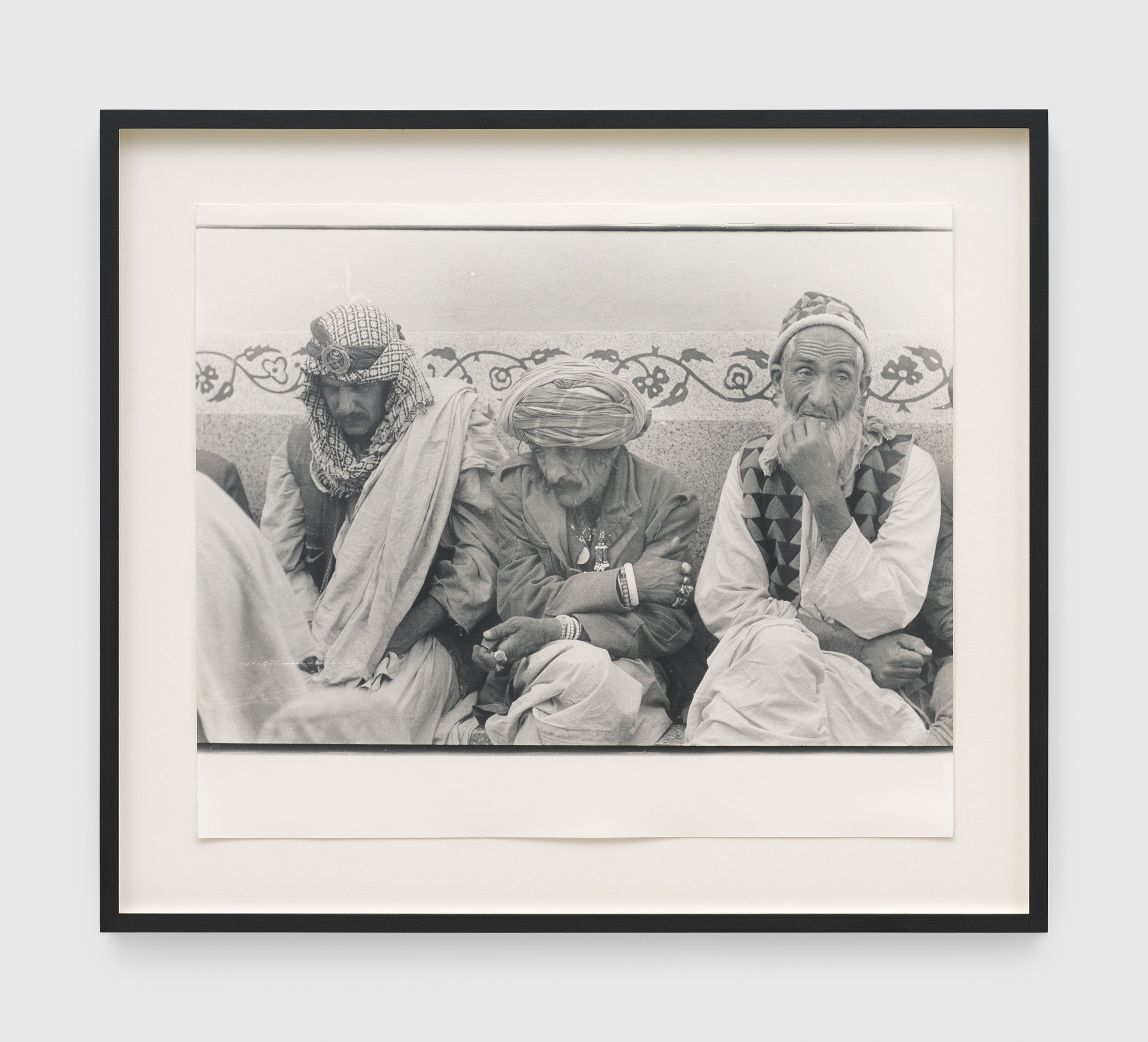
Sigmar Polke, Quetta, 1974 (detail)

Sigmar Polke, Quetta, 1974 (detail)
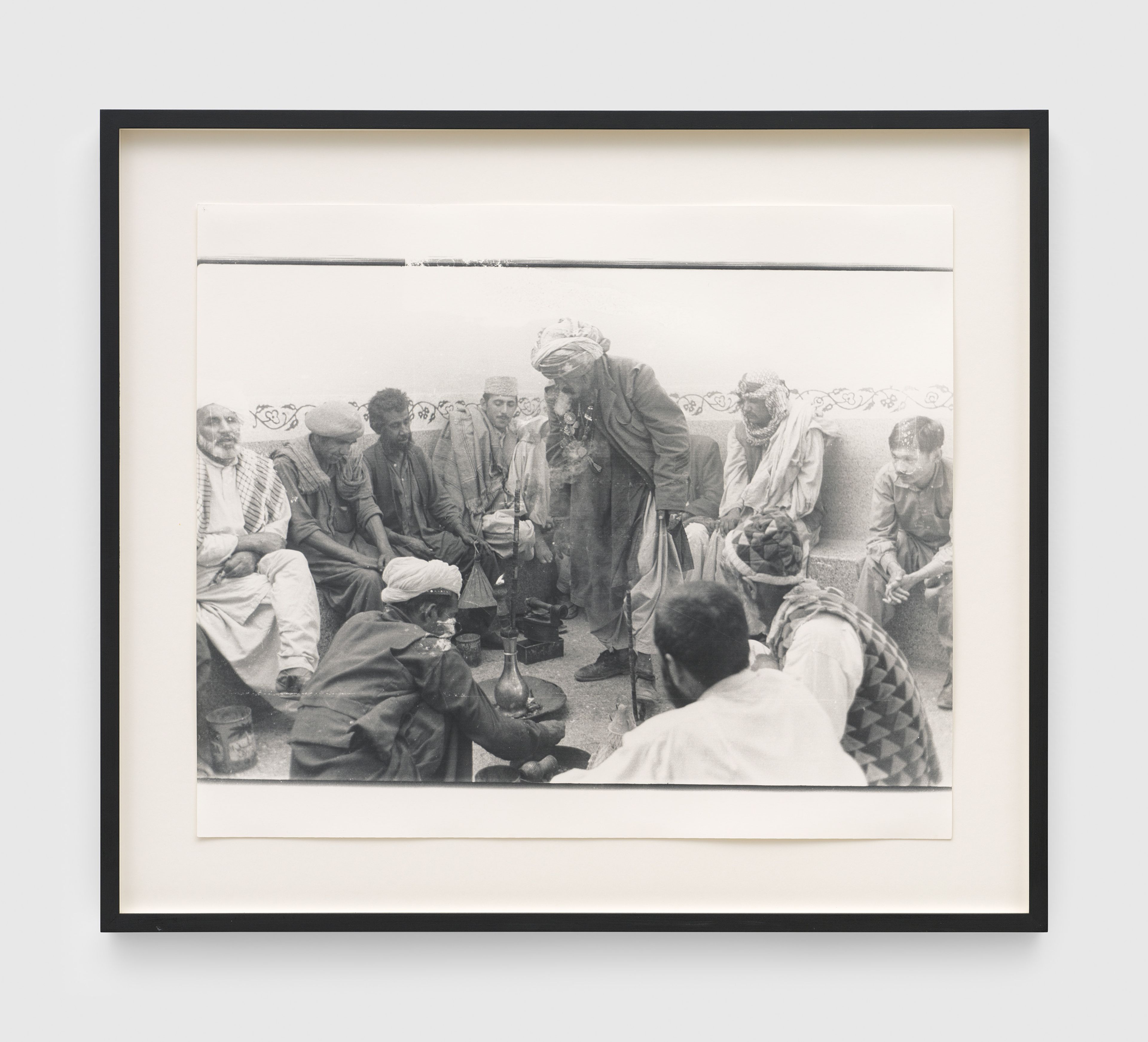
Sigmar Polke, Quetta, 1974 (detail)
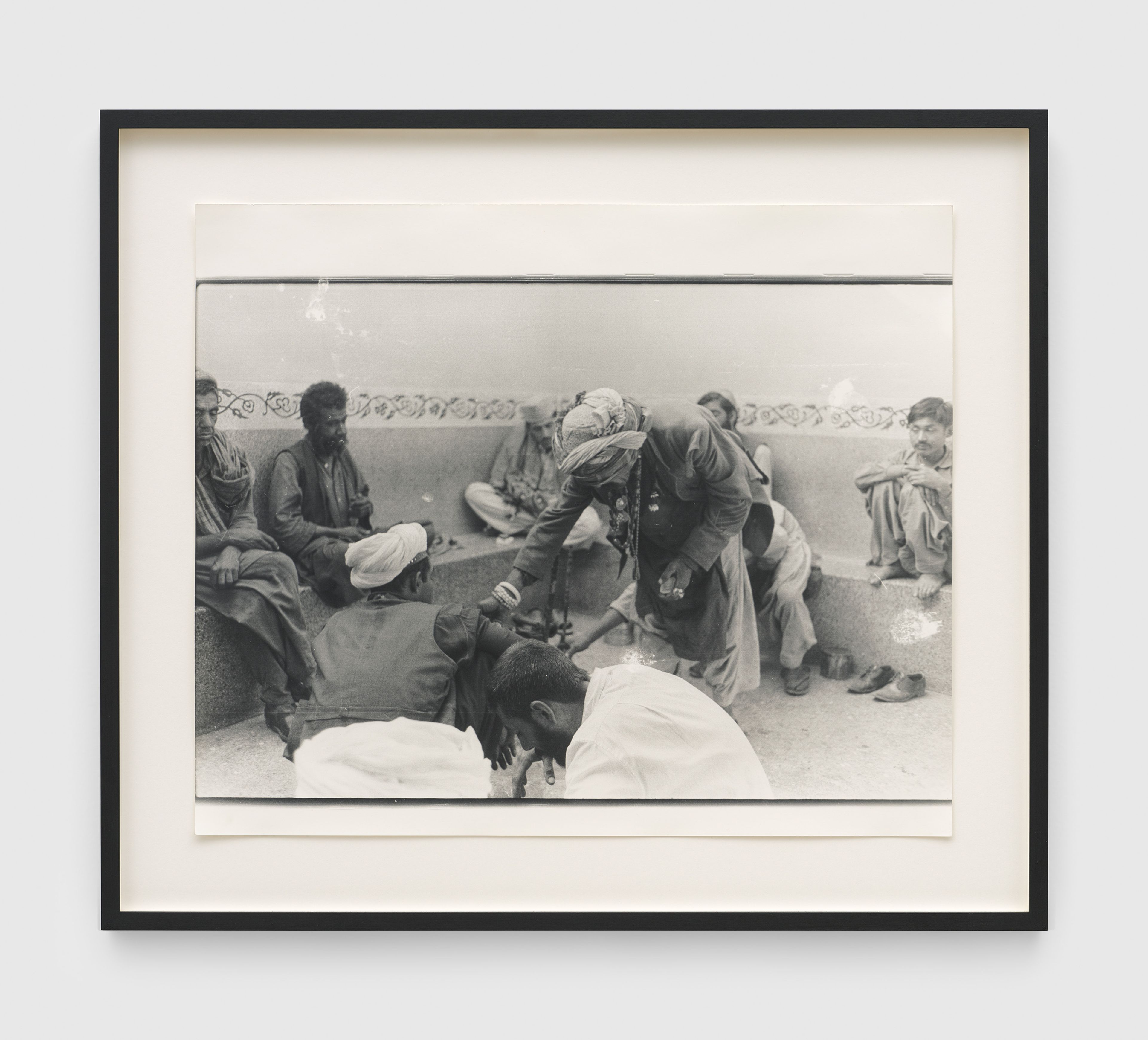
Sigmar Polke, Quetta, 1974 (detail)
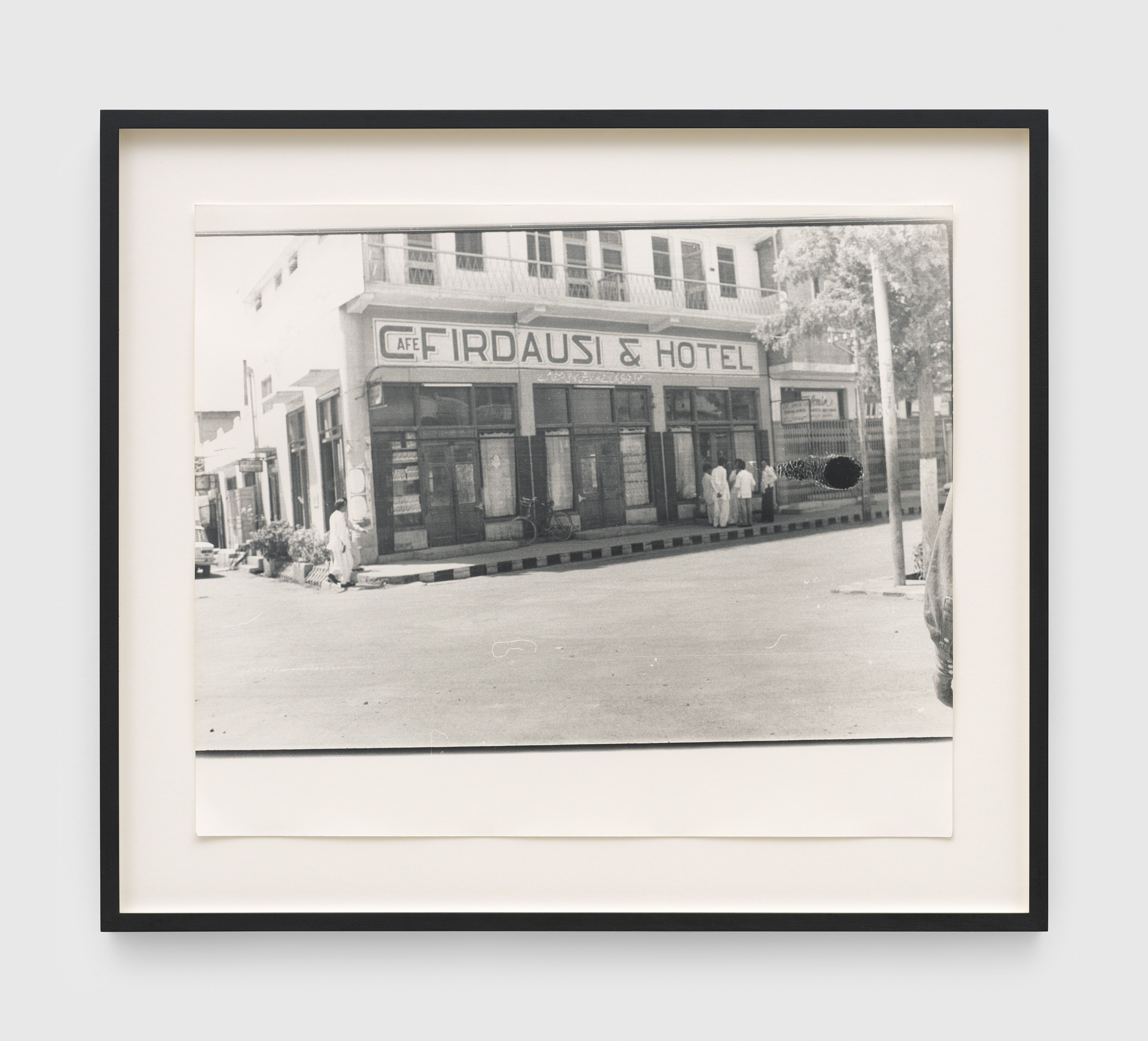
Sigmar Polke, Quetta, 1974 (detail)
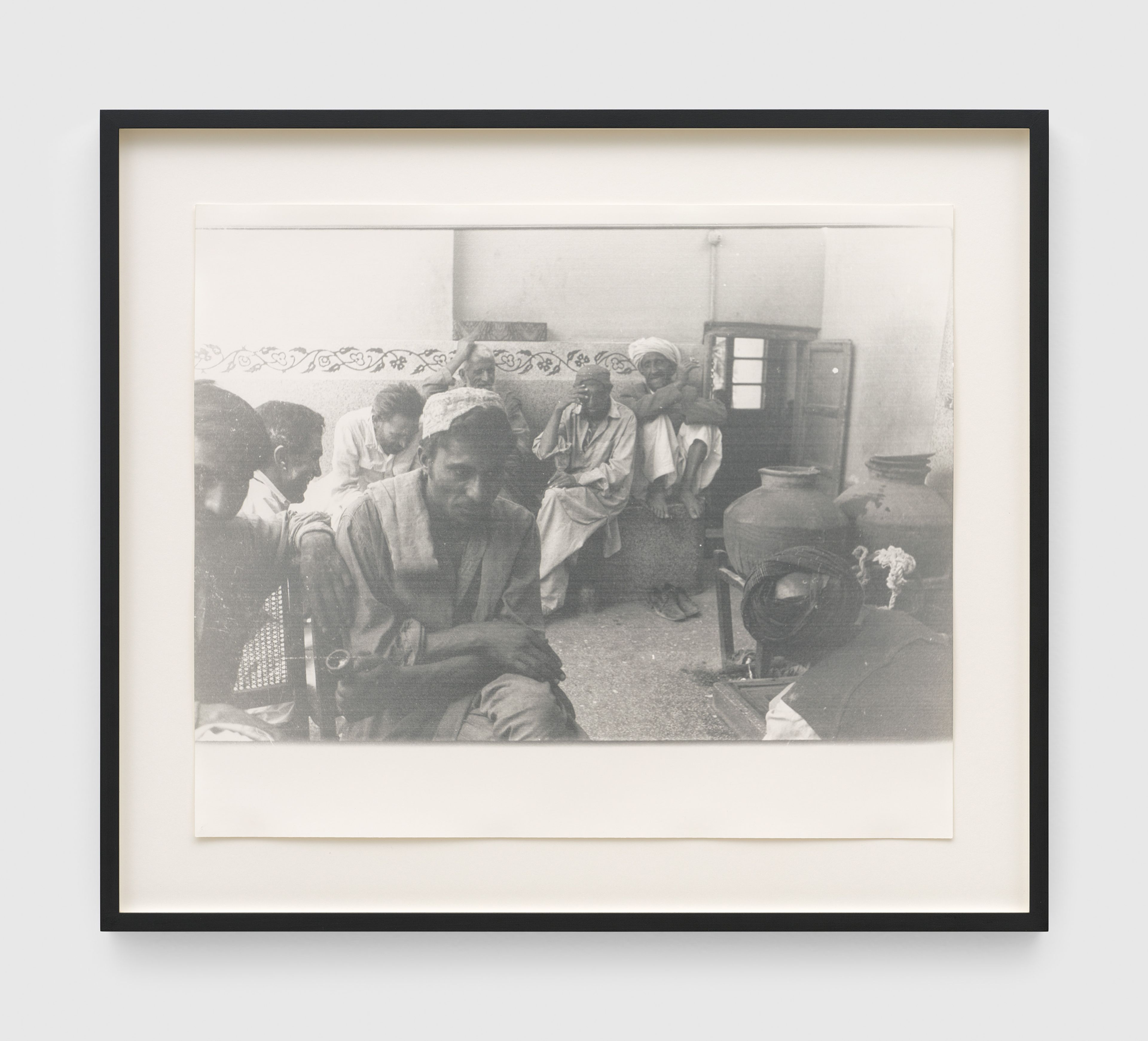
Sigmar Polke, Quetta, 1974 (detail)

Sigmar Polke, Quetta, 1974 (detail)
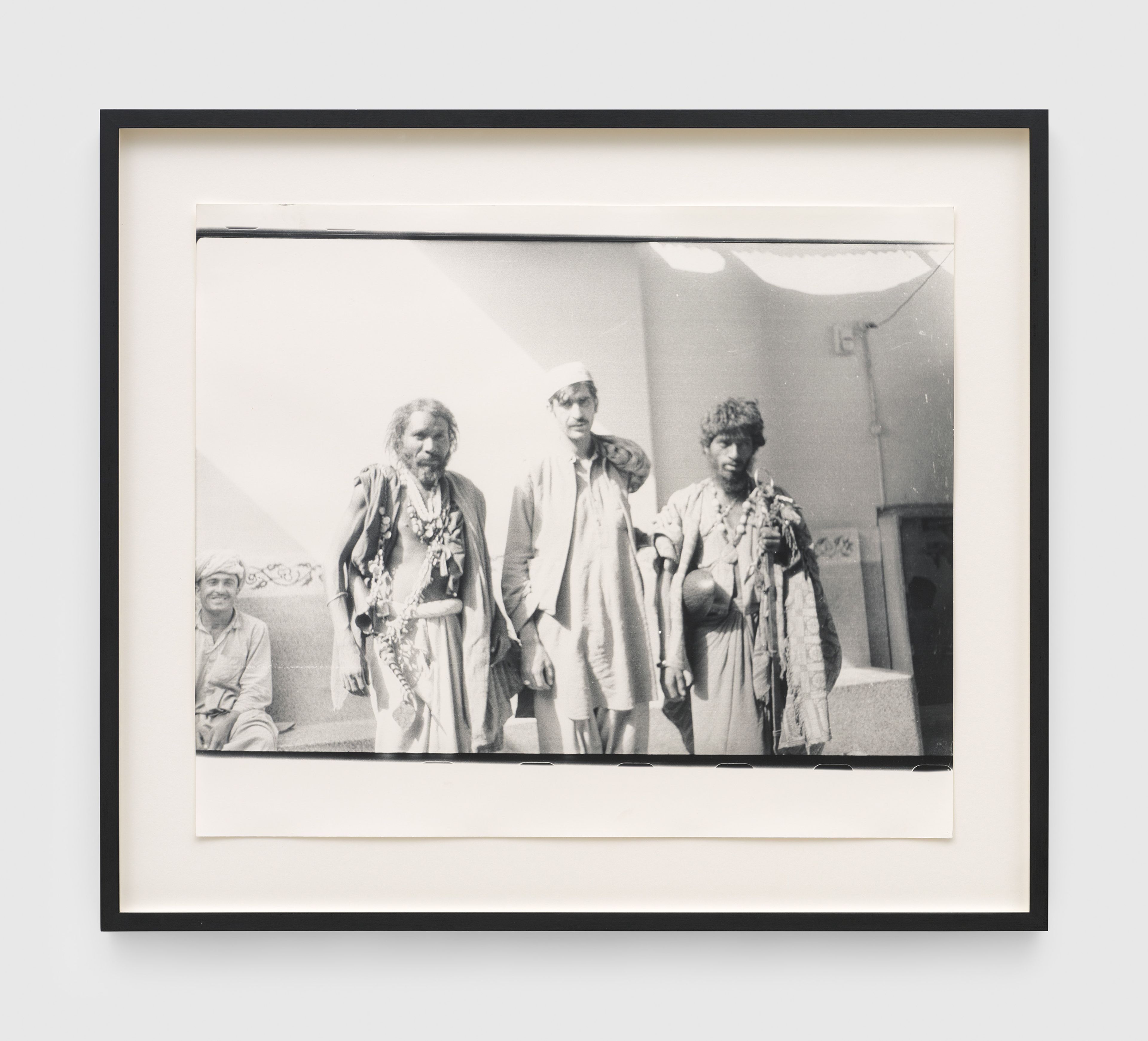
Sigmar Polke, Quetta, 1974 (detail)

Sigmar Polke, Quetta, 1974 (detail)

Sigmar Polke, Quetta, 1974 (detail)

Sigmar Polke, Quetta, 1974 (detail)
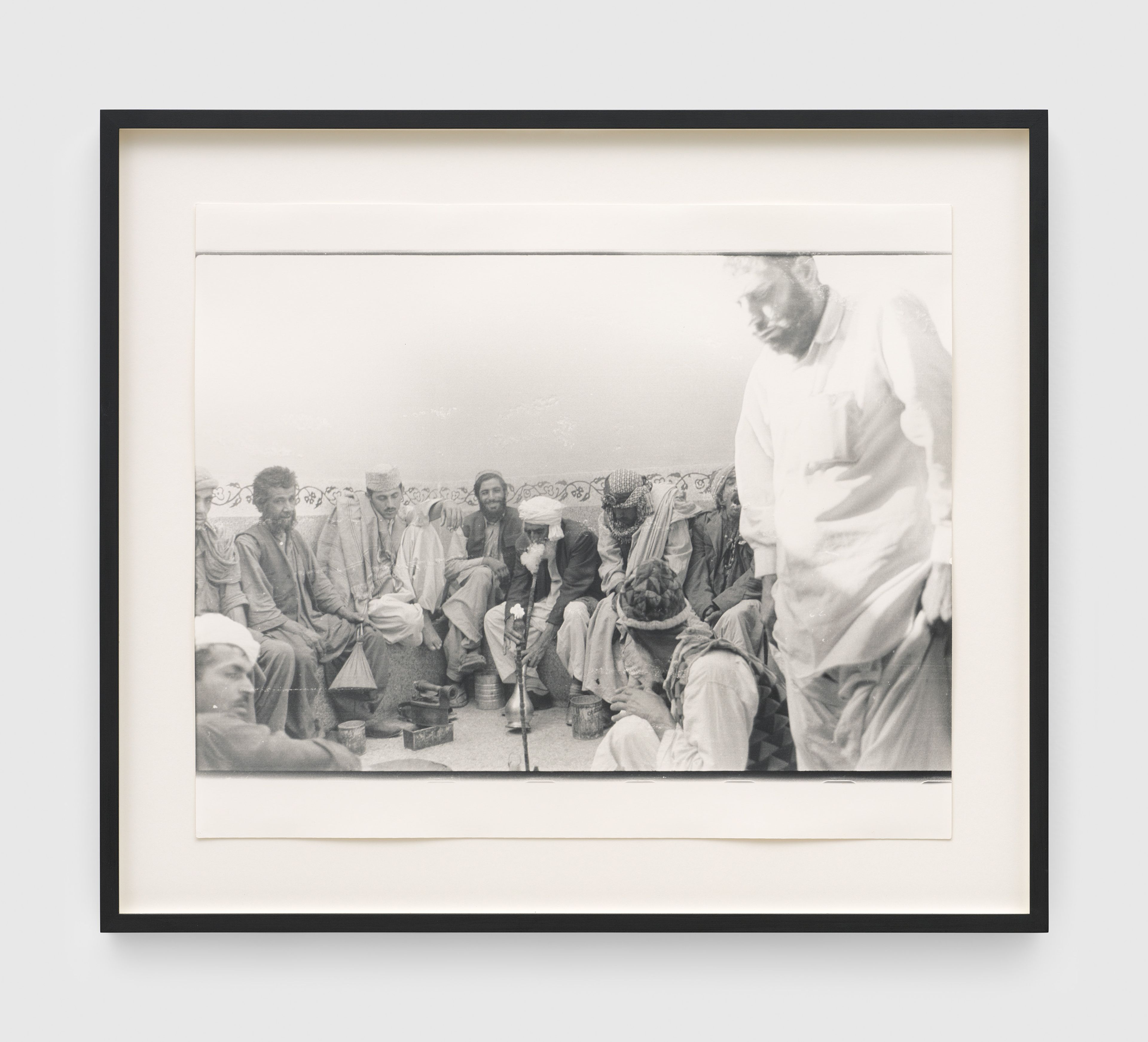
Sigmar Polke, Quetta, 1974 (detail)
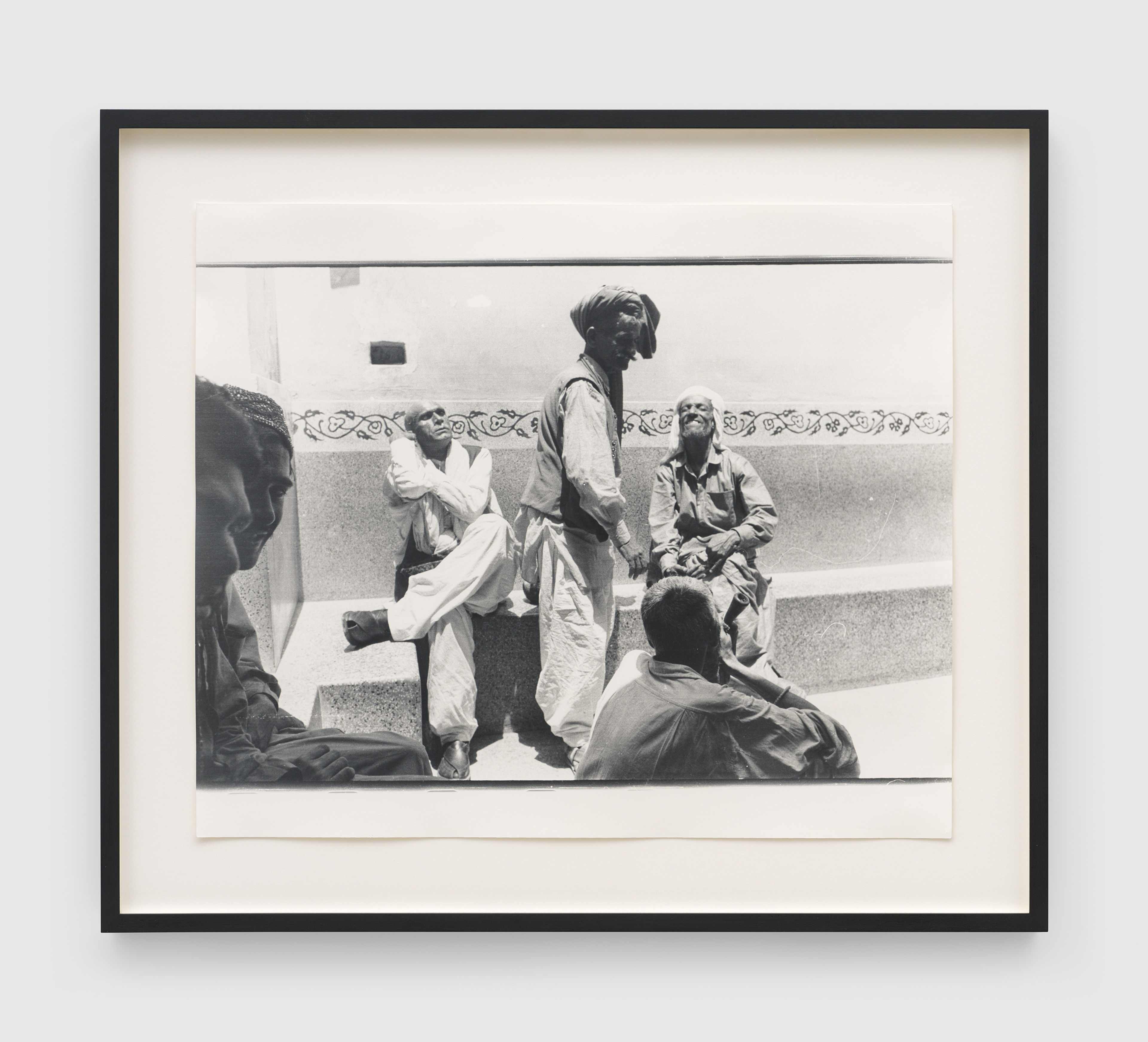
Sigmar Polke, Quetta, 1974 (detail)
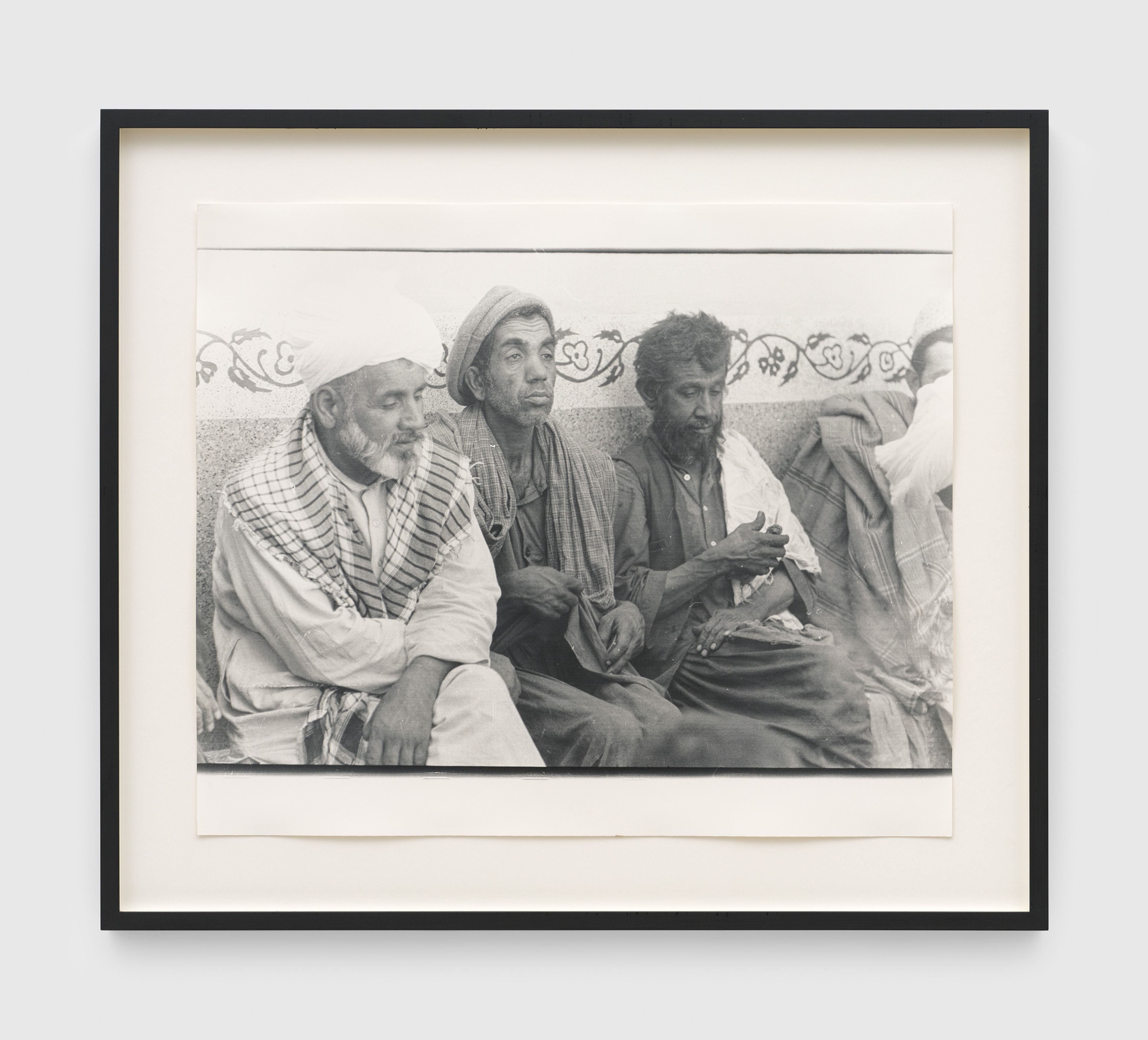
Sigmar Polke, Quetta, 1974 (detail)
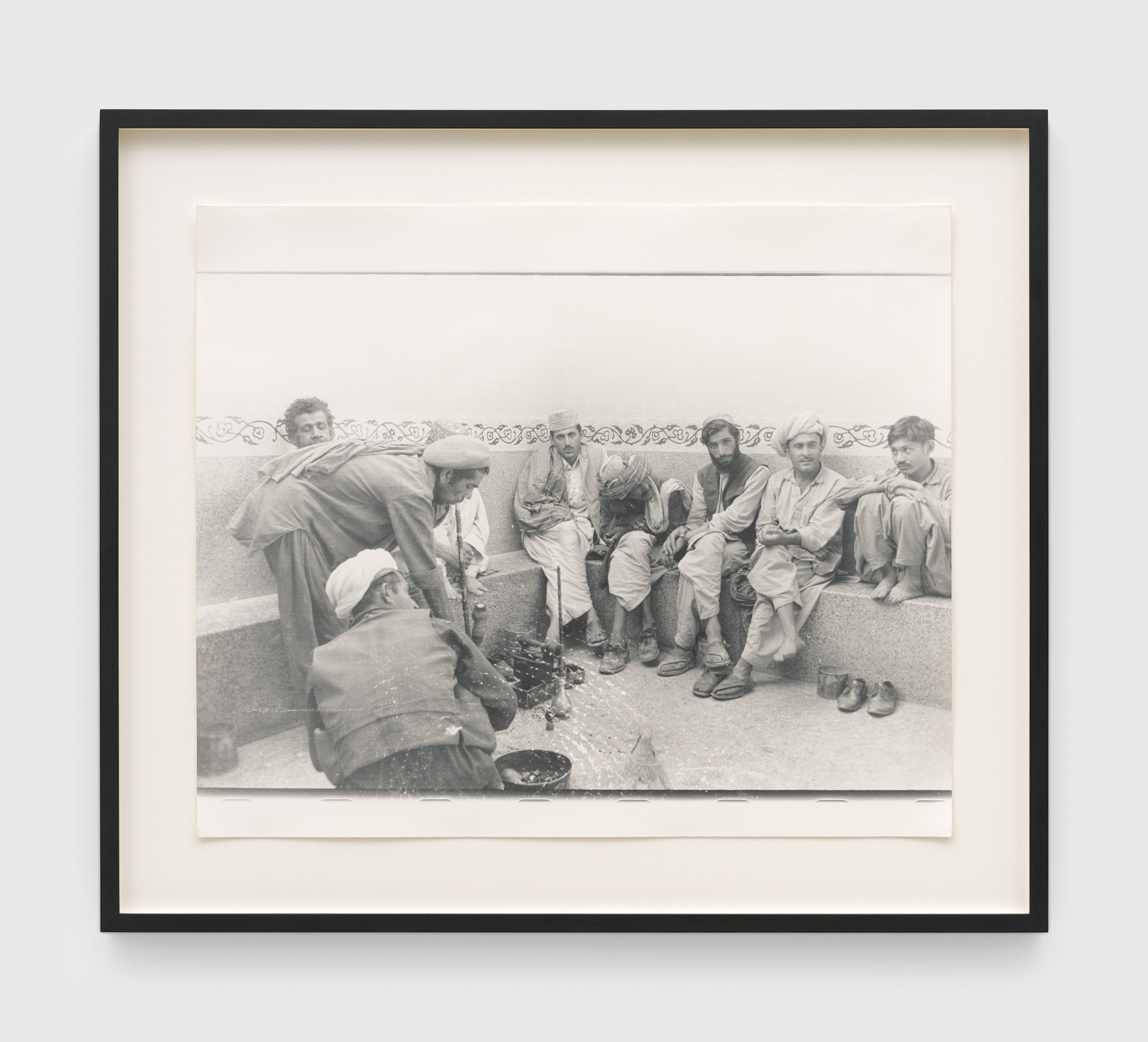
Sigmar Polke, Quetta, 1974 (detail)
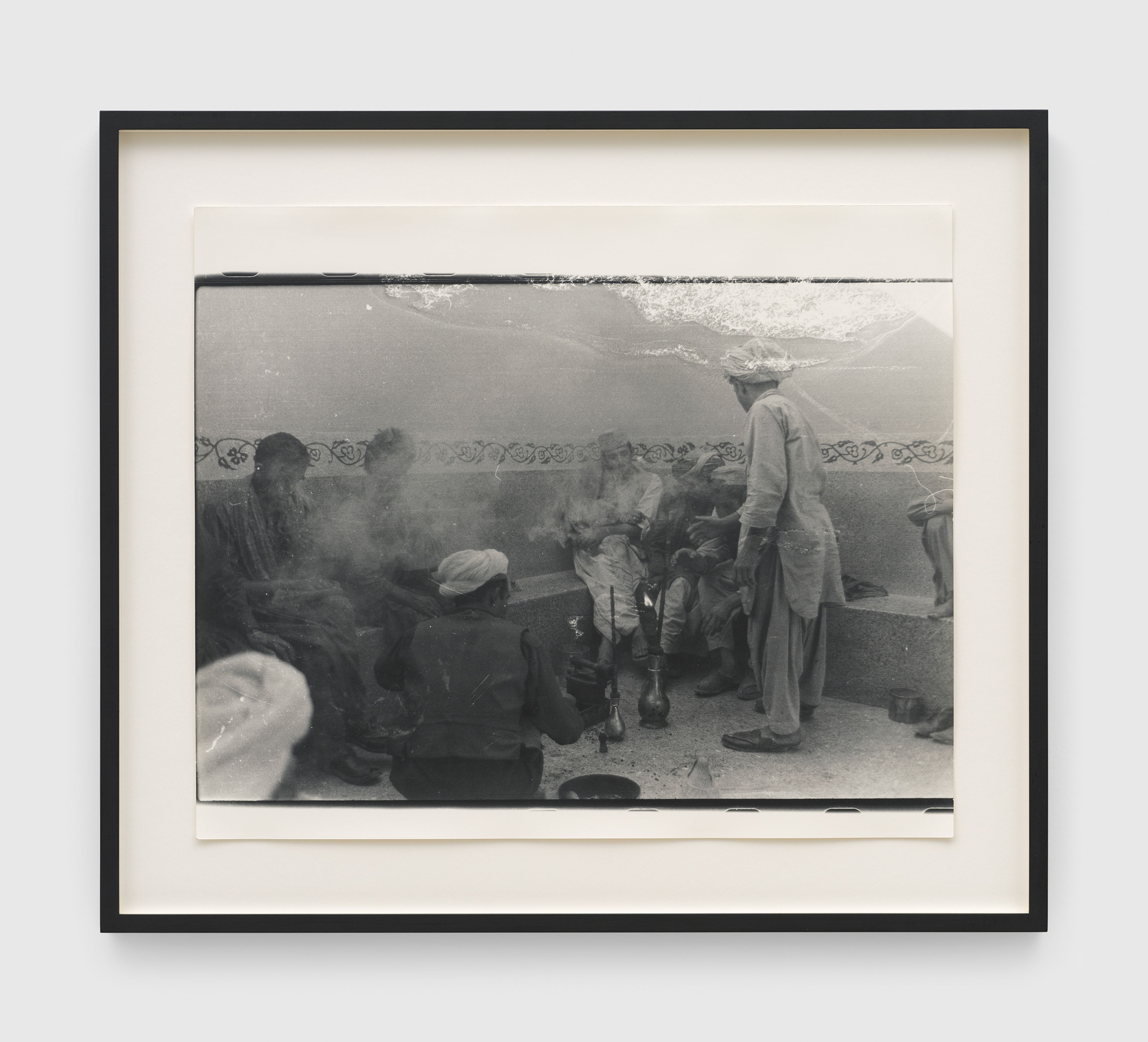
Sigmar Polke, Quetta, 1974 (detail)
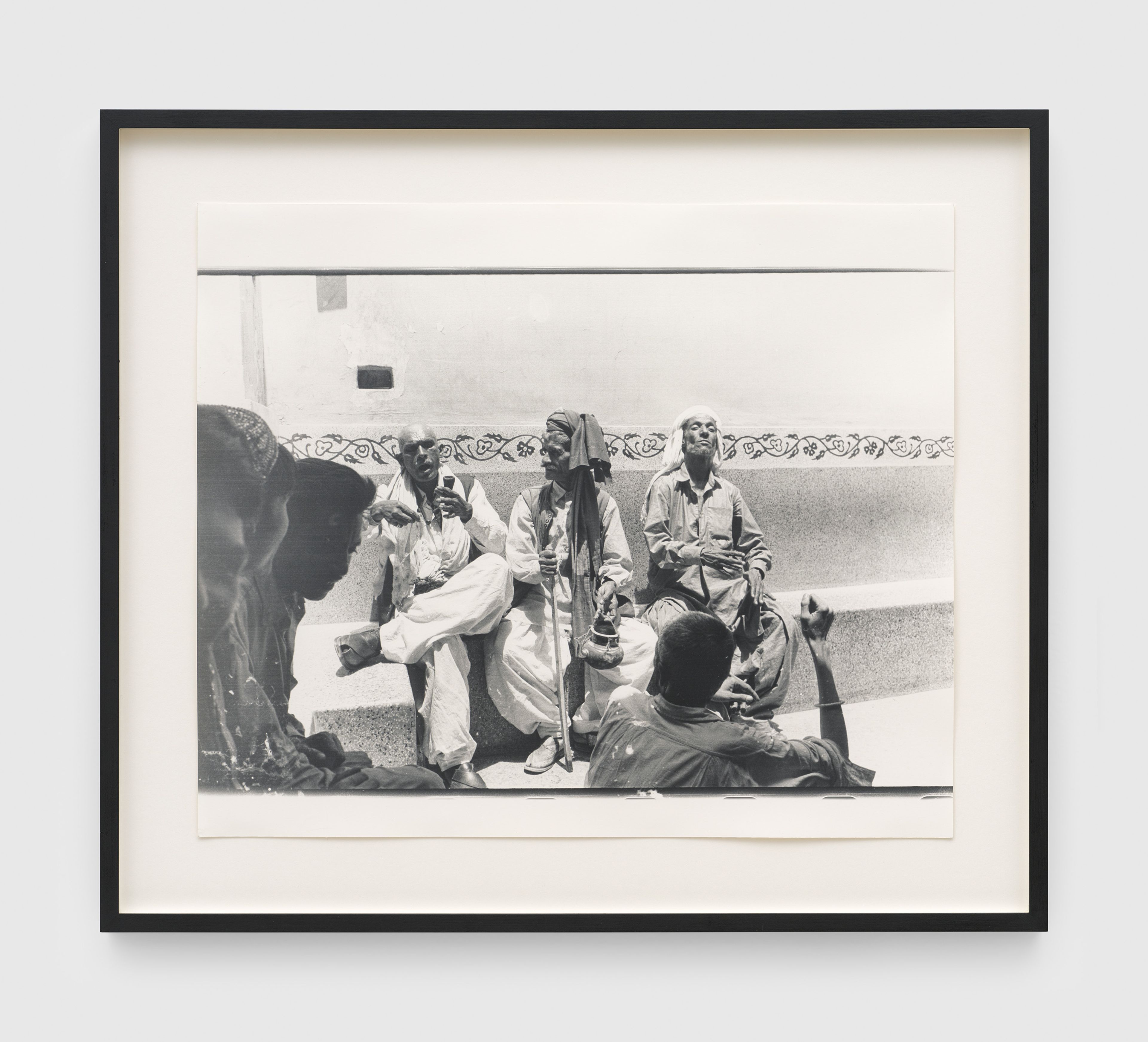
Sigmar Polke, Quetta, 1974 (detail)
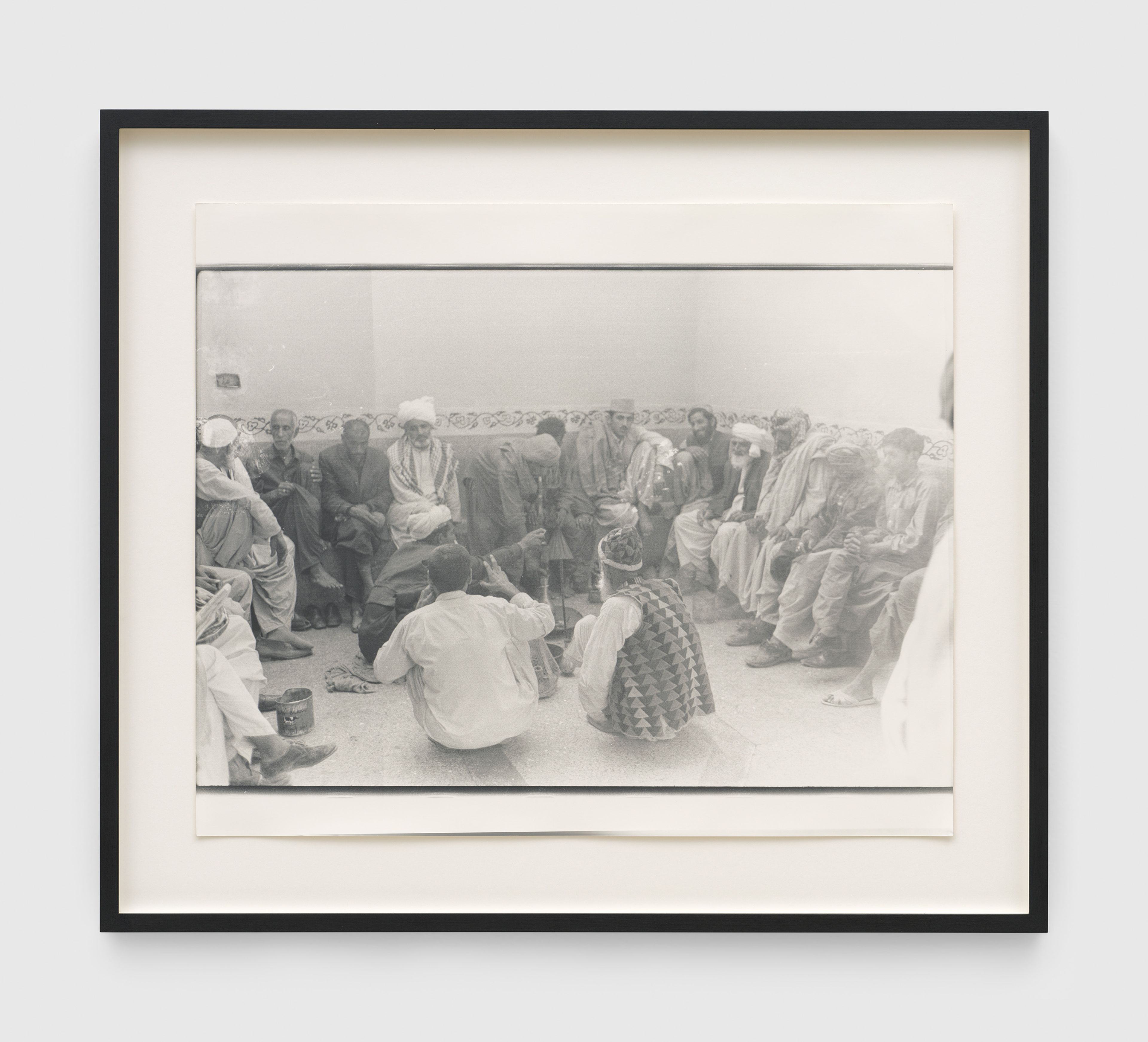
Sigmar Polke, Quetta, 1974 (detail)

Sigmar Polke, Quetta, 1974 (detail)
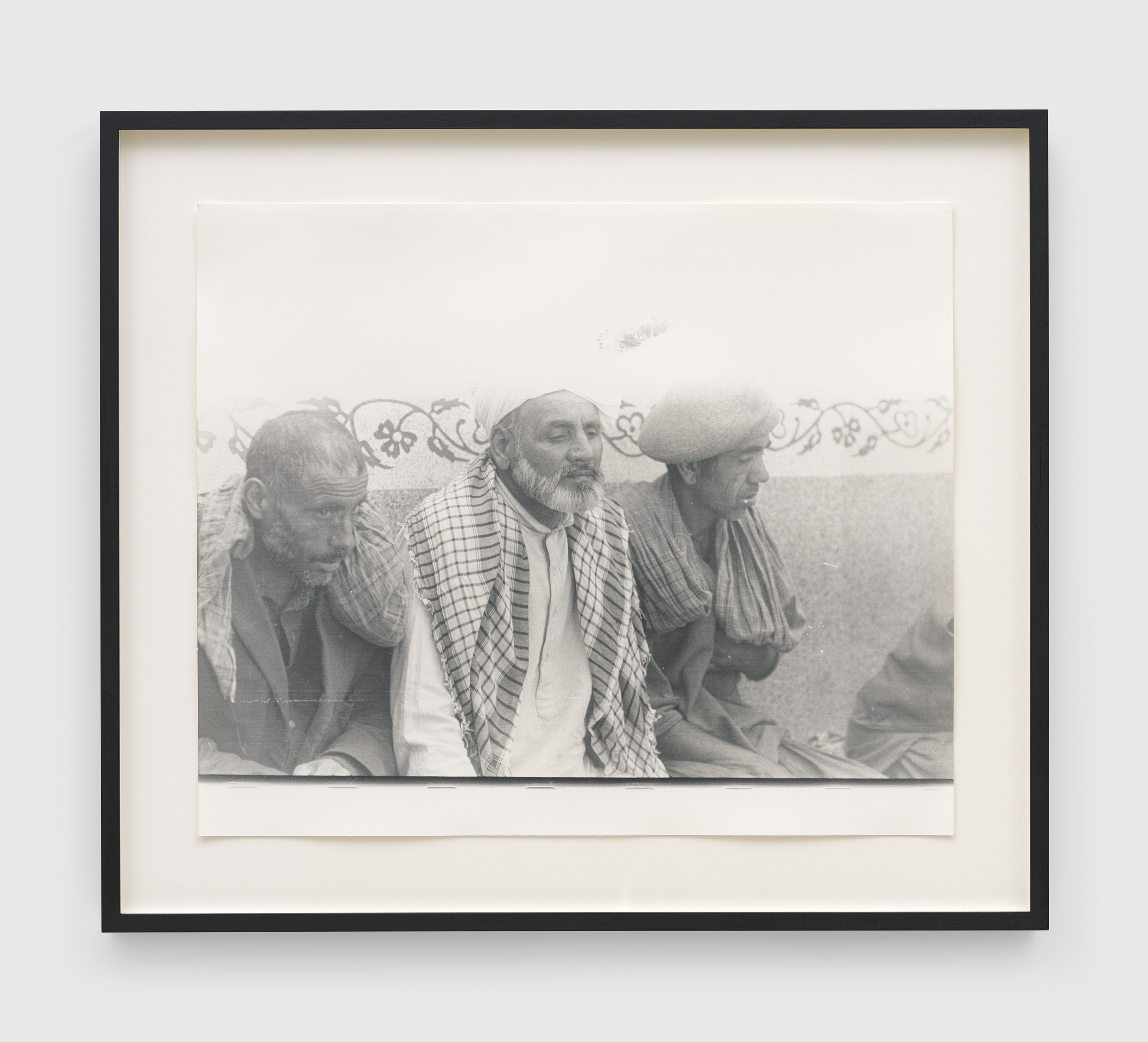
Sigmar Polke, Quetta, 1974 (detail)
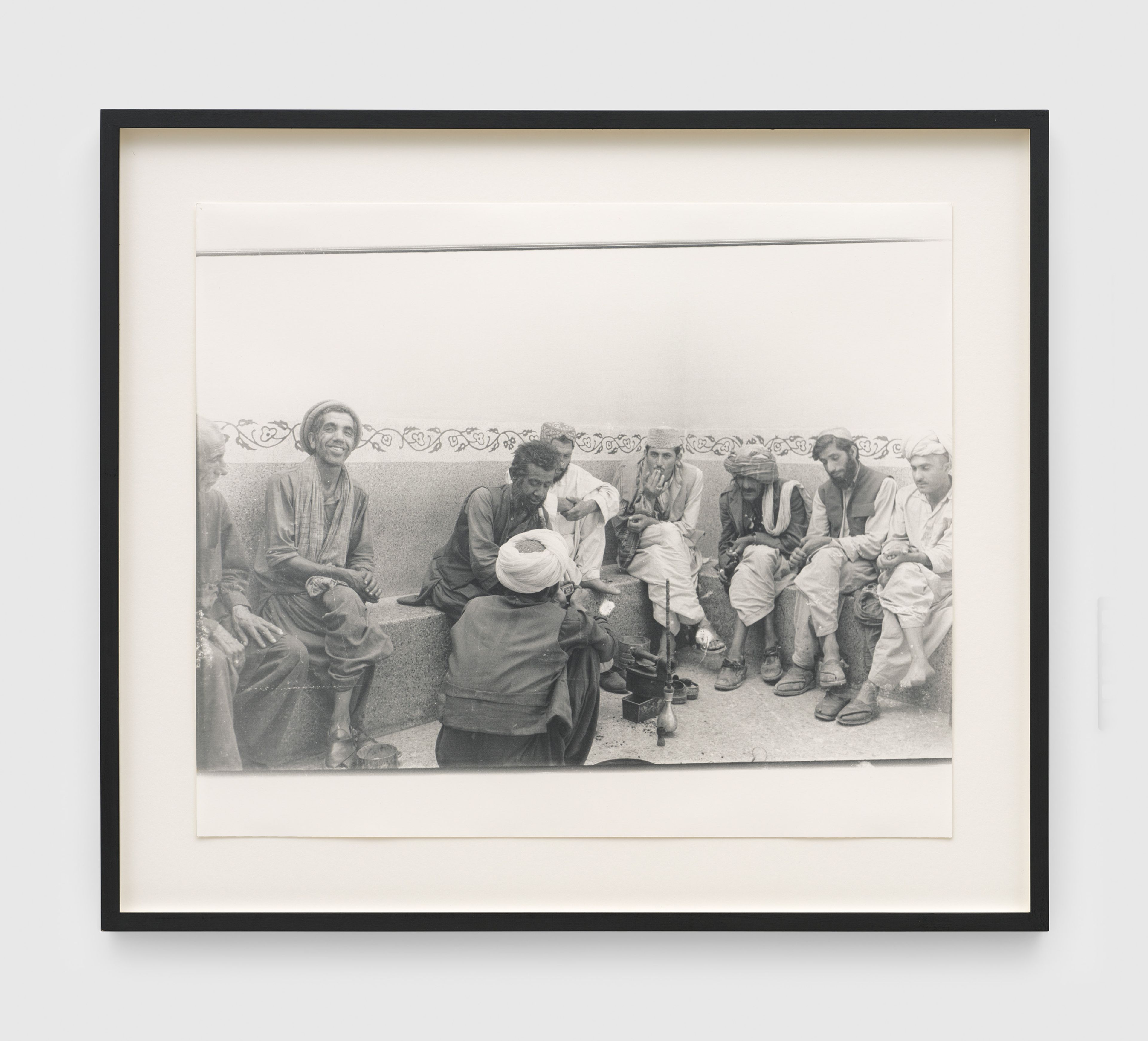
Sigmar Polke, Quetta, 1974 (detail)
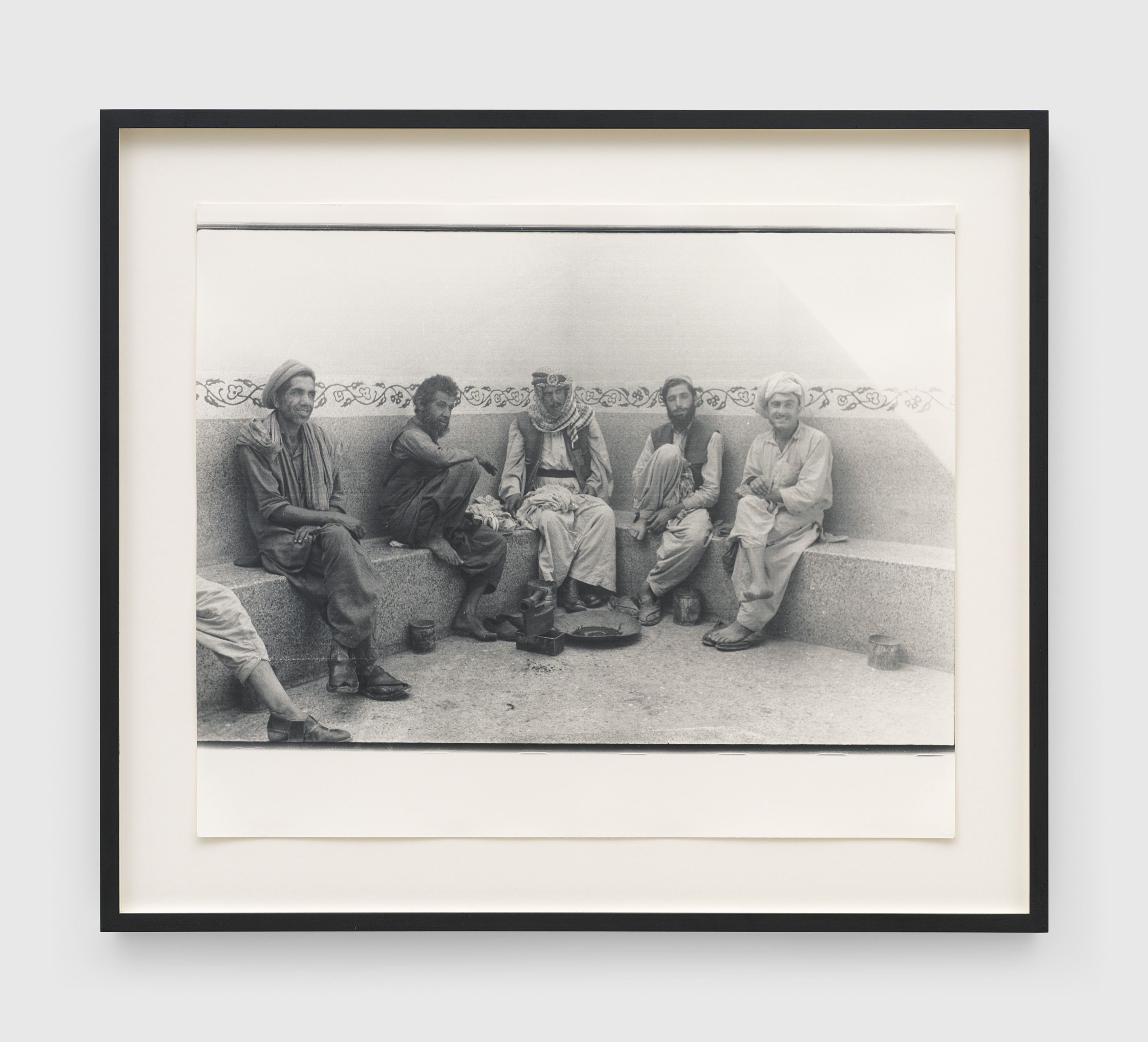
Sigmar Polke, Quetta, 1974 (detail)
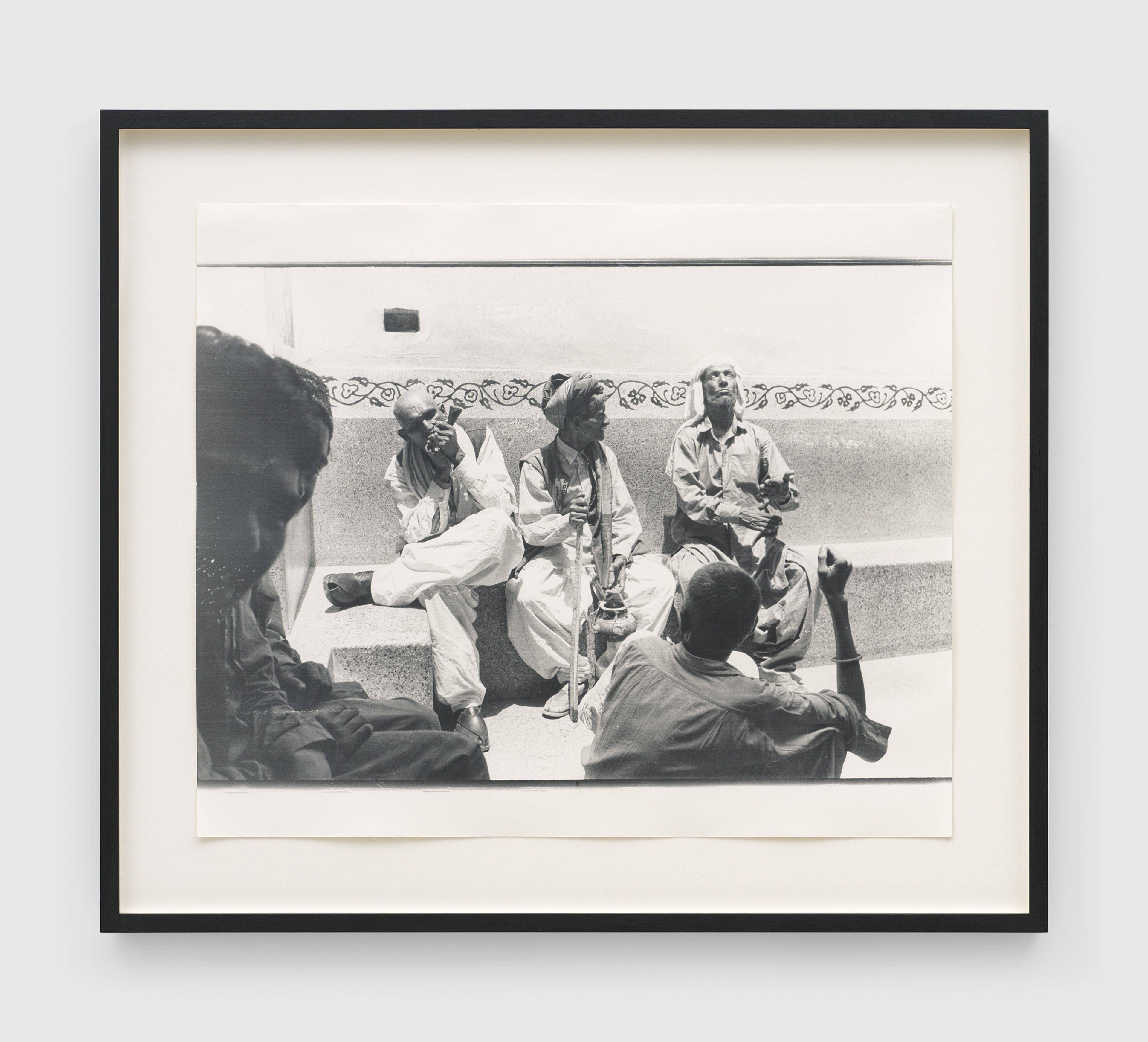
Sigmar Polke, Quetta, 1974 (detail)

Sigmar Polke, Quetta, 1974 (detail)

Sigmar Polke, Quetta, 1974 (detail)
“There [in Quetta] he obtained images that ultimately became some of the most visually exquisite and most carefully crafted photographs in his entire oeuvre.”
—Paul Schimmel, curator, 1995
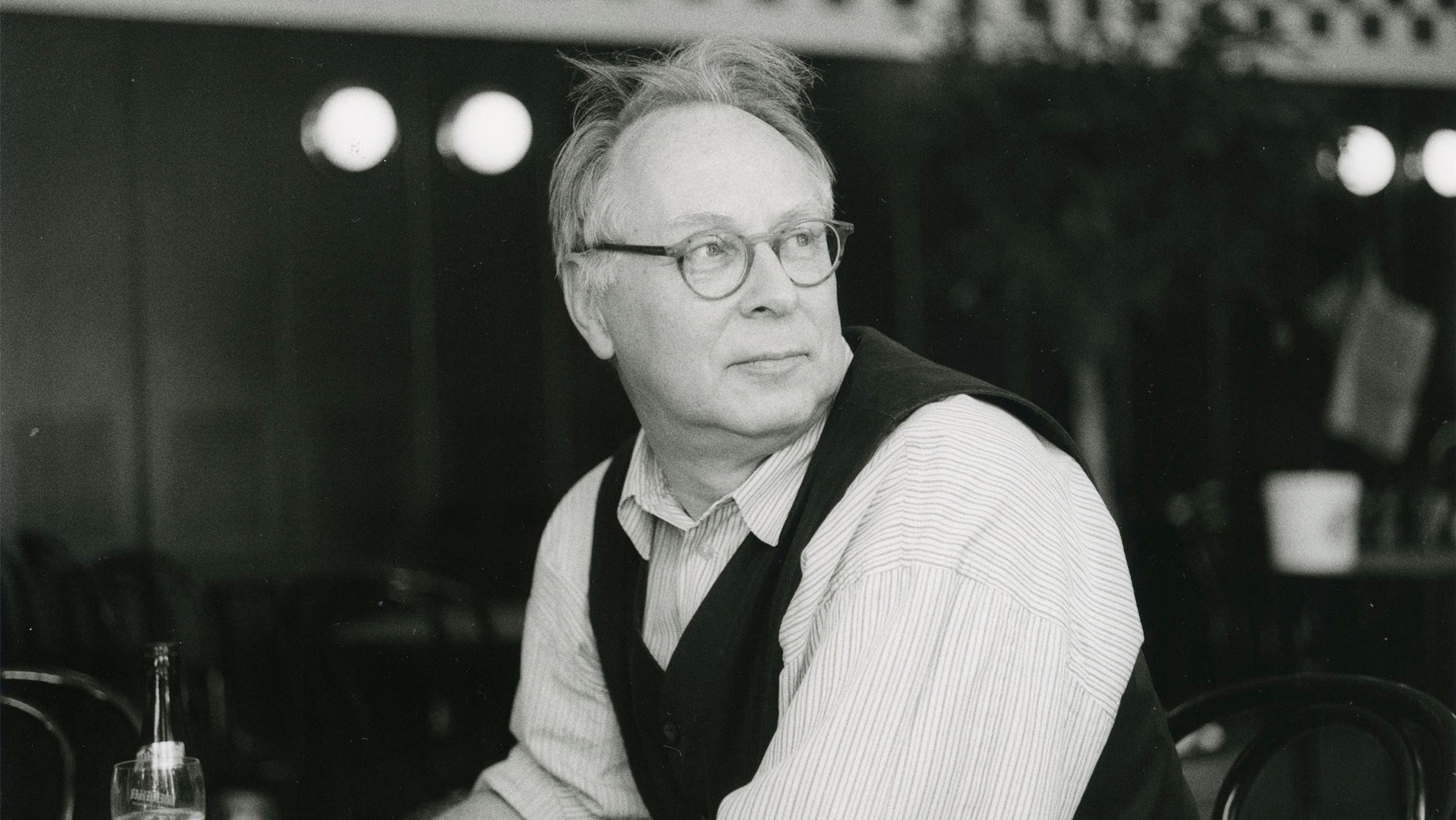
Sigmar Polke, Bonn, 1977. Photo by Manfred Leve. © Marc Leve, Estate of Manfred Leve

All artworks © The Estate of Sigmar Polke

David Zwirner at Art Basel
